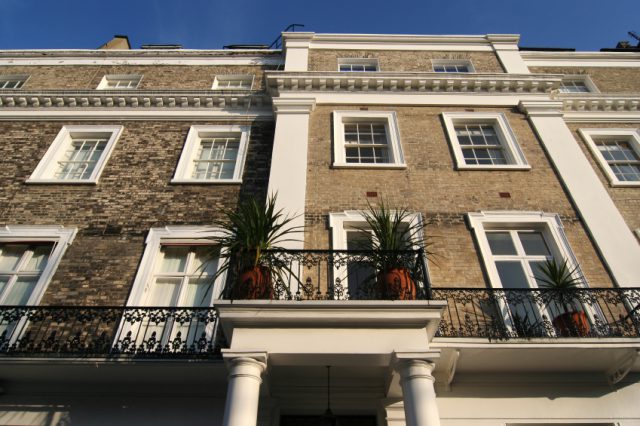Three-quarters of landlords feel arrears will remain steady
Research has discovered that the majority of landlords believe that rental arrears will stay relatively steady during the next year.
A study conducted by Paragon Mortgages has revealed that 75% of landlords feel rental deficits will hold firm in the next twelve months.
Increase
Paragon’s latest Private Rented Sector Trends Survey results for quarter two of this year show a 4% increase in landlords that believed rental arrears would remain stable. This represented the third successive increase. Landlords reporting an expected increase remained at a low number, unchanged from the first quarter at 8%, whilst landlords expecting a decline stood at 6%.[1]
Data from the report also shows that 17% of landlords are looking to buy more rental properties in the coming three months. Terraced and semi-detached houses were most desirable, with 38% of respondents saying that they were looking for these particular property types. 35% said they were looking for apartments.[1]
John Heron, Director of Paragon Mortgages, commented, ‘landlords continue to experience strong tenant demand and are keen to add to their portfolios. The positive signals being picked up elsewhere around the economy also seem to have flowed through to the PRS with landlords experiencing low arrears and low, stable voids.’[1]
[1] http://www.propertyreporter.co.uk/landlords/75-of-landlords-believe-arrears-will-remain-st4ble.html











